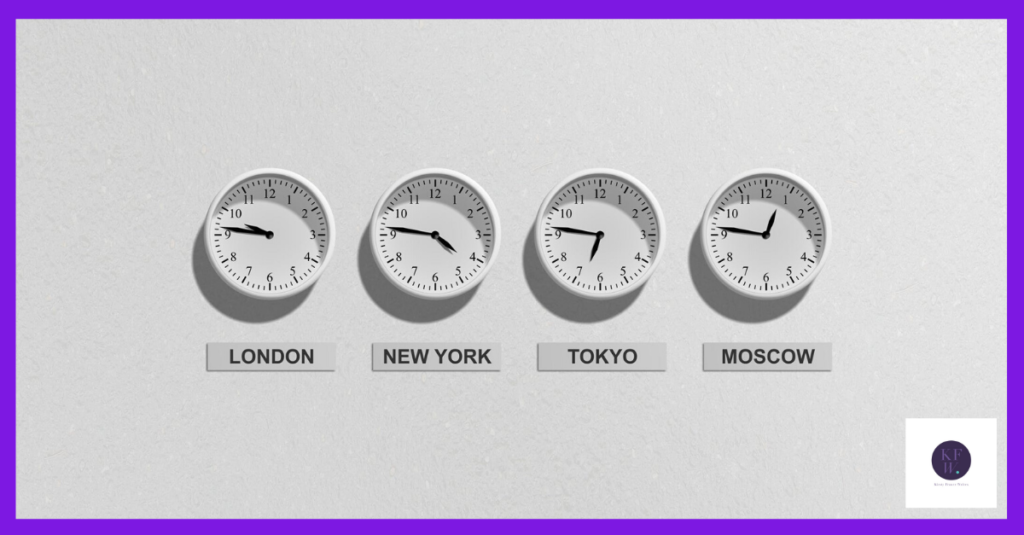
OK, I know that’s a sweeping generalisation. There will be plenty of you who really can’t find the time. If adding another thing into your week means giving up sleep or spending time with anyone you care about, don’t do it. Maybe you don’t even want to blog, and that’s fine. That’s what I’m here for. Writing a business blog isn’t right for every business. There’ll be more on that in a future post, but if you’re a small or micro business a blog is still a great marketing tool for most businesses.
The problem, in most cases, is that you think you need to find masses of time all at once. You will need to sit down in front of a screen at some point, but that’s the most time consuming bit. With the right approach everything else can be fitted in around your other daily tasks and will even make the writing part easier. Here’s how I break everything down.
Preparation
Nothing kills inspiration faster than sitting down in front of a blank screen and wondering what to write about. Having your topic ready to go before you start is a major time saver and you can think of ideas while you’re doing other things. You can write answers to your frequently asked questions, share insights on your services and learn about your customers’ struggles at networking events.
After that, create a quick outline plan by breaking the topic down into smaller sections and giving each one a subheading. I often do this when I’m making my lunch. Then when I start writing there’s a guide ready to go.
Writing
I can’t lie, this is the most time consuming bit, but there are ways to make it easier. When you make your plan, if any key phrases spring to mind, write them down. Make voice notes if you like. Recording yourself can also work really well if you find it easier to talk through your topic. Even just talking to yourself could help you to get the words flowing.
Once you start writing, keep going. Your blog will be better if it sounds like you and that will come more easily if you aren’t constantly worrying about your grammar. That’s what the next stage is for…
Editing
The editing stage is every writer’s best friend. My mantra is ‘you can edit a bad page but you can’t edit a blank one.’ When you’ve written your post, leave it for at least a day then go back with fresh eyes. Run it through a spelling and grammar checker if you like (or visit Grammarly.com). Then, read to see if it makes sense. The best time for this is when you’re (relatively) relaxed. If you’re not already in the habit of taking proper meal breaks or stopping for an afternoon cuppa, this is the perfect excuse.
If you’re feeling brave give your blog to a friend and ask them if it makes sense.
Time for the finishing touches
The finishing touches on your blog are actually a series of tiny tasks that become much more straightforward when you break them down. Finding a good header image, on page SEO and sharing to social media can all be done separately when you have a few minutes. I put an appointment in the diary to find images for future posts, but do what works for you.
It can be a bit of a shift but when you stop viewing a blog post as one solid chunk of work and think of it as a series of smaller tasks, it makes it much easier to work out where you can fit it into your working week.
This is a lightning run through the things that go into a good blog post. If you’d like a bit more detail, sign up to my mailing list for monthly hints and tips on blog writing and all manner of other business marketing stuff. You’ll also receive a copy of my free guide ‘Stop hiding your business’ as a thank you from me.